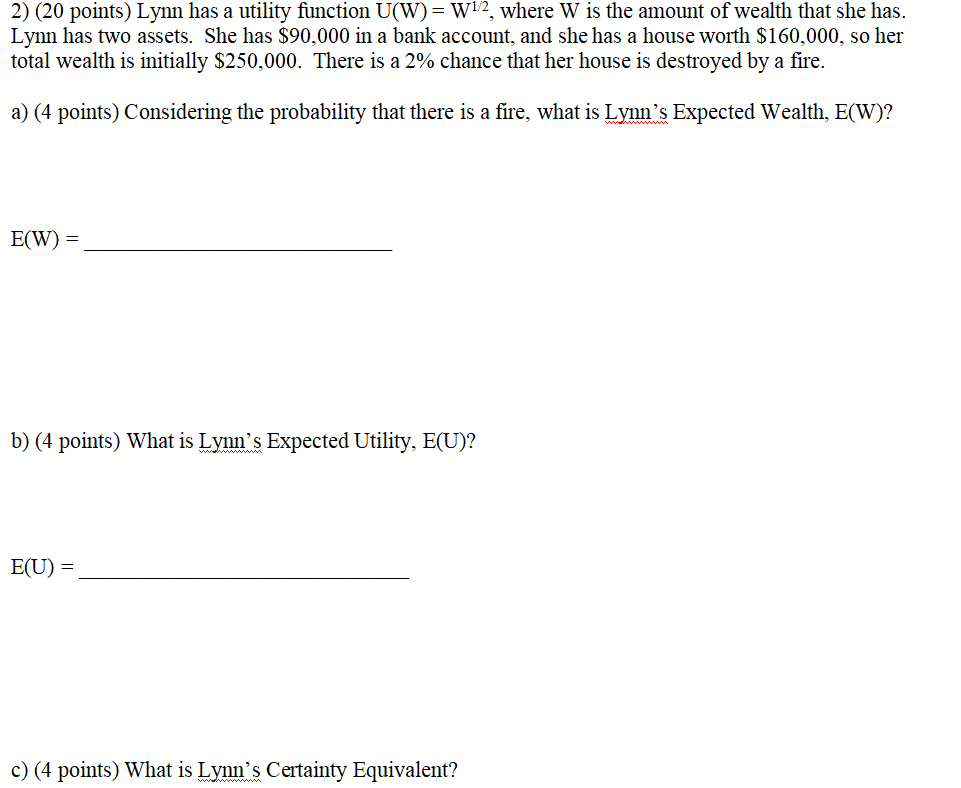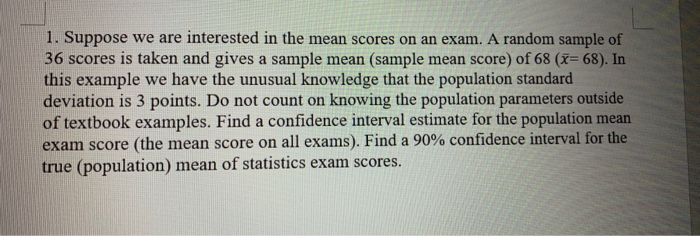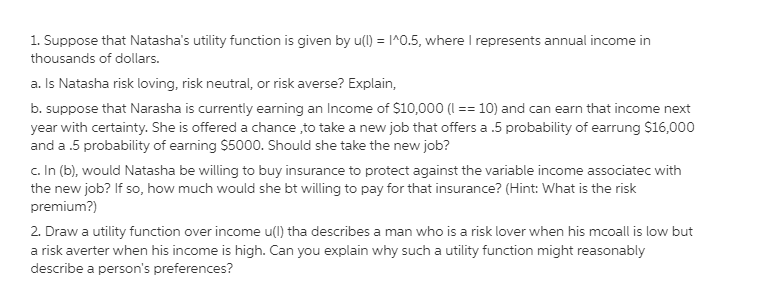Question
Consider the bilateral trade problem of Section 3.4. Assume that the seller's type is commonly known to be zero and that the buyer's type is
Consider the bilateral trade problem of Section 3.4. Assume that the seller's type
is commonly known to be zero and that the buyer's type is drawn from the set
[0, 1]. Consider the following fixed price mechanism: The buyer reports her type.
If the reported type is above 0.5, then the object is transferred from the seller to
the buyer, and the buyer pays to the seller 0.5 dollars. Otherwise, the seller keeps
the object and no payments are made. Now consider the alternative mechanism
in which the seller can choose either price 0.4 or price 0.5. The buyer reports
her type. If her type is above the price that the seller chose, then the object is
transferred from the seller to the buyer, and the buyer pays to the seller the price
that the seller chose. Otherwise, the seller keeps the object and no payments are
made. Prove that this mechanism has a Bayesian equilibrium on the space of all
finite types that ex post Pareto dominates the truthful equilibrium of the fixed
price mechanism.
(c) In the setting of problem (c) in Chapter 9, find a mechanism and a Bayesian
equilibrium of that mechanism that interim Pareto-dominate on all finite type
spaces the mechanism that chooses alternative a regardless of agents' types. Do
the mechanism and Bayesian equilibrium that you find ex post Pareto-dominate
the constant mechanism?
If the respondent agreed with the statement and reported a
high degree of confidence in the response, then susceptibility to cer-
tainty overconfidence is likely. If the respondent disagreed with the
statement, and did so with 50 to 100 percent confidence, then sus-
ceptibility to certainty overconfidence is less likely. If respondents
agree but with low degrees of confidence, then they are unlikely
to be susceptible to certainty overconfidence. Confidence in one's
knowledge can be assessed, in general, with questions of the follow-
ing kind:
Which Australian city has more inhabitants?Sydney or Mel-
bourne?
How confident are you that your answer is correct? Choose one: 50
percent, 60 percent, 70 percent, 80 percent, 90 percent, 100
percent.
If you answer 50 percent, then you are guessing. If you answer 100
percent, then you are absolutely sure of your answer.
Two decades of research into this topic have demonstrated that in all
cases wherein subjects have reported 100 percent certainty when answering
a question like the Australia one, the relative frequency of correct answers
has been about 80 percent. Where subjects have reported, on average, that
they feel 90 percent certain of their answers, the relative frequency of correct
answers has averaged 75 percent. Subjects reporting 80 percent confidence
in their answers have been correct about 65 percent of the time, and so on.
Question 8:
Respondents describing themselves as sophisticated or
highly sophisticated investors are likelier than others to exhibit
certainty overconfidence. If the respondent chose "somewhat so-
phisticated" or "unsophisticated," susceptibility is less likely.




Step by Step Solution
There are 3 Steps involved in it
Step: 1

Get Instant Access to Expert-Tailored Solutions
See step-by-step solutions with expert insights and AI powered tools for academic success
Step: 2

Step: 3

Ace Your Homework with AI
Get the answers you need in no time with our AI-driven, step-by-step assistance
Get Started


